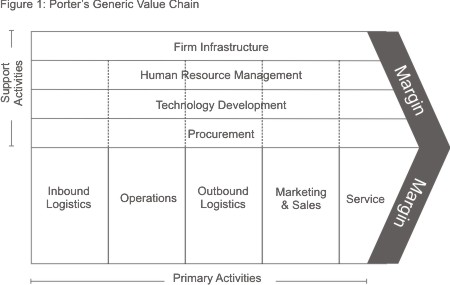

Several of the earliest computers (and a few modern as well) use binary-coded decimal rather than plain binary, typically having a word size of 10 or 12 decimal digits, and some early decimal computers have no fixed word length at all. With standardization on 8-bit bytes and byte addressability, stating memory sizes in bytes, kilobytes, and megabytes with powers of 1024 rather than 1000 has become the norm, although there is some use of the IEC binary prefixes. The documentation sometimes uses metric prefixes correctly, sometimes with rounding, e.g., 65 kilowords (KW) meaning for 65536 words, and sometimes uses them incorrectly, with kilowords (KW) meaning 1024 words (2 10) and megawords (MW) meaning 1,048,576 words (2 20). The largest possible address size, used to designate a location in memory, is typically a hardware word (here, "hardware word" means the full-sized natural word of the processor, as opposed to any other definition used).ĭocumentation for older computers with fixed word size commonly states memory sizes in words rather than bytes or characters. The size of a word is reflected in many aspects of a computer's structure and operation the majority of the registers in a processor are usually word sized and the largest datum that can be transferred to and from the working memory in a single operation is a word in many (not all) architectures. The number of bits or digits in a word (the word size, word width, or word length) is an important characteristic of any specific processor design or computer architecture.

A word is a fixed-sized datum handled as a unit by the instruction set or the hardware of the processor. In computing, a word is the natural unit of data used by a particular processor design.


 0 kommentar(er)
0 kommentar(er)
